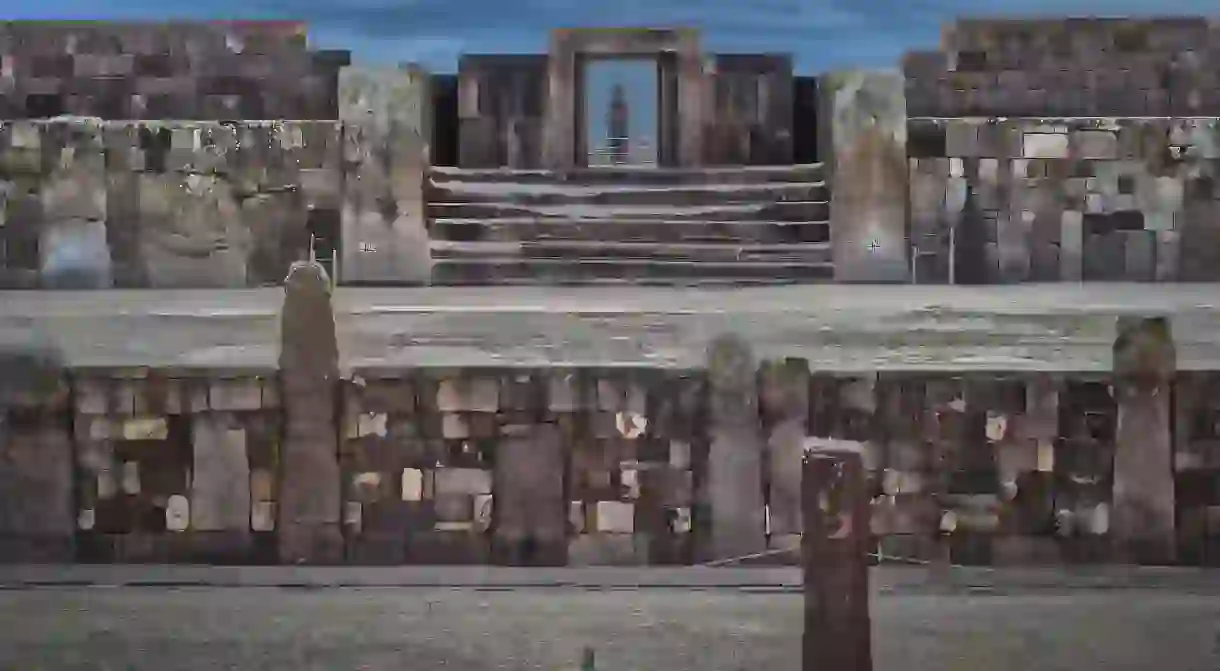10 Reasons You Should Visit the Mysterious Tiwanaku Ruins in Bolivia

When it comes to South American ruins, Machu Picchu steals the limelight every time. And while Peru’s world wonder is undeniably stunning, the lesser known Bolivian site of Tiwanaku is a must as well due to its historical importance to the region. Here are 10 reasons why you should visit this enigmatic archeological site.
It’s way older than Machu Picchu
Despite their exotic perception, the Inca were a relatively recent civilization who built their famous citadel in around 1450 AD. The Tiwanaku, on the other hand, are considerably more archaic, first settling in the region way back in 200 BC. Struggling with the math? That’s a difference of about 1,650 years.

The people were super resilient
The Inca were also a remarkably short-lived civilization, lasting a mere century before being overrun by the Spanish. The Tiwanaku, however, thrived for over a millennium.

It’s cheap
The entry fee recently went up to 100 BOB (US$14.50) per person, which is still a pittance compared to Machu Picchu’s US$70. Furthermore, thrifty travelers can get there on a 20 BOB (US$3) bus rather than forking out hundreds of dollars for that outrageous Inca rail.

The history is fascinating
Over the centuries, a small primitive settlement eventually evolved into a stone-clad megacity of epic proportions. At its peak towards the turn of the first millennium, some 70,000 inhabitants were estimated to have lived in Tiwanaku, while the entire empire may have encompassed up to a million or more.

But also tragic
After centuries of steady growth, the empire suddenly collapsed around 1000 AD. Most historians now agree this was due to a severe and prolonged drought that ravaged the region, causing crops to wilt and the waters of Lake Titicaca to recede. Inhabitants were thought to have either migrated or starved to death.
Much has been immaculately preserved
Plenty of original artwork remains proudly on display, including carvings and statues of exotic faces, animals, and geometric shapes. Of particular interest is the Sun Gate, a monolithic stone doorway inscribed with numerous extrinsic carvings.

It is shrouded in mystery
As the Tiwanaku had no written language, archeologists have been forced to make various assumptions about their societal structure and religious beliefs. Some theorize they were the first to worship Viracocha, the creator God who plays a central role in Inca mythology.

Their building methods were astounding
Architects will find the site particularly interesting due to the unique construction methods the Tiwanaku employed. Rather than use a masonry method, they laid mammoth ashlar blocks on top of each other, shifting them into place by way of pulleys and ropes.

Plenty of intrigue remains
Something that continues to dumbfound researchers is how they managed to move such mammoth stones. One building block, a giant piece of sandstone which weighs 131 tonnes (288,806 pounds), has been determined to have come from a quarry an astonishing 10 km (6.2 miles) away.

There’s an excellent on-site museum
For a more in-depth analysis of Tiwanaku history and the chance to see some interesting artisanal artifacts, check out the adjacent Tiwanaku Museum. Entry is included on the same ticket, so you’ve got nothing to lose.














